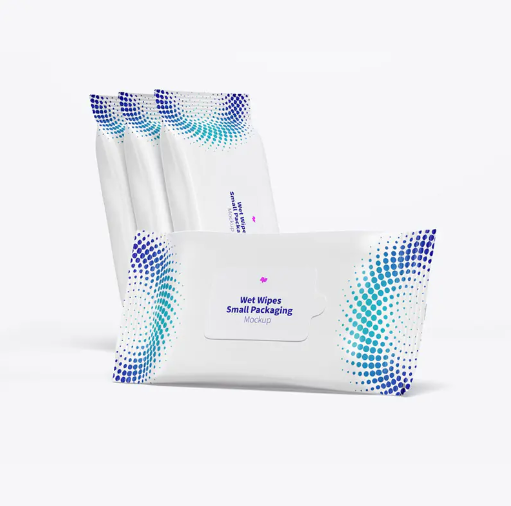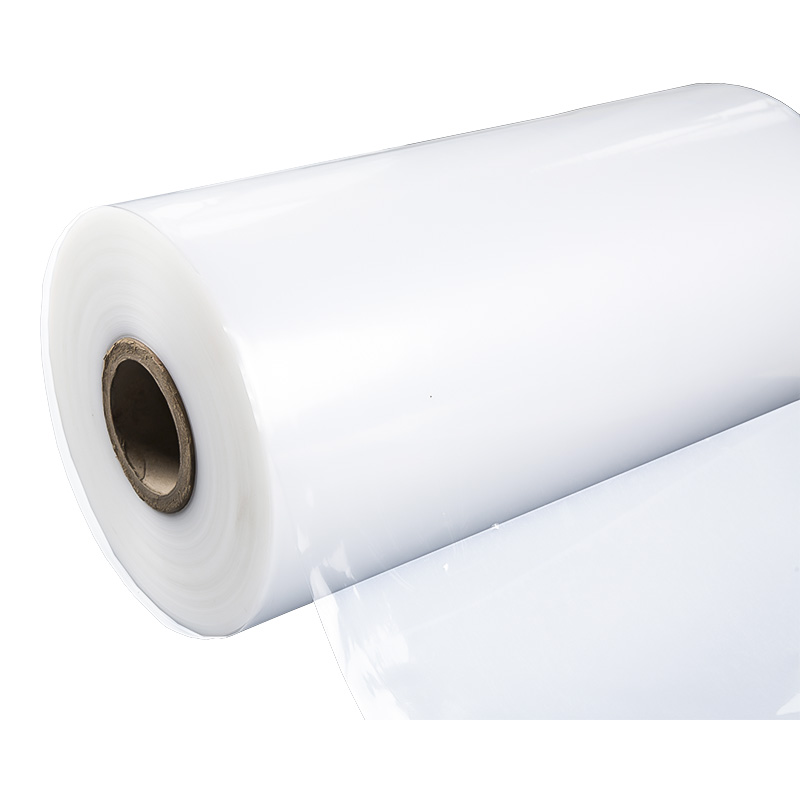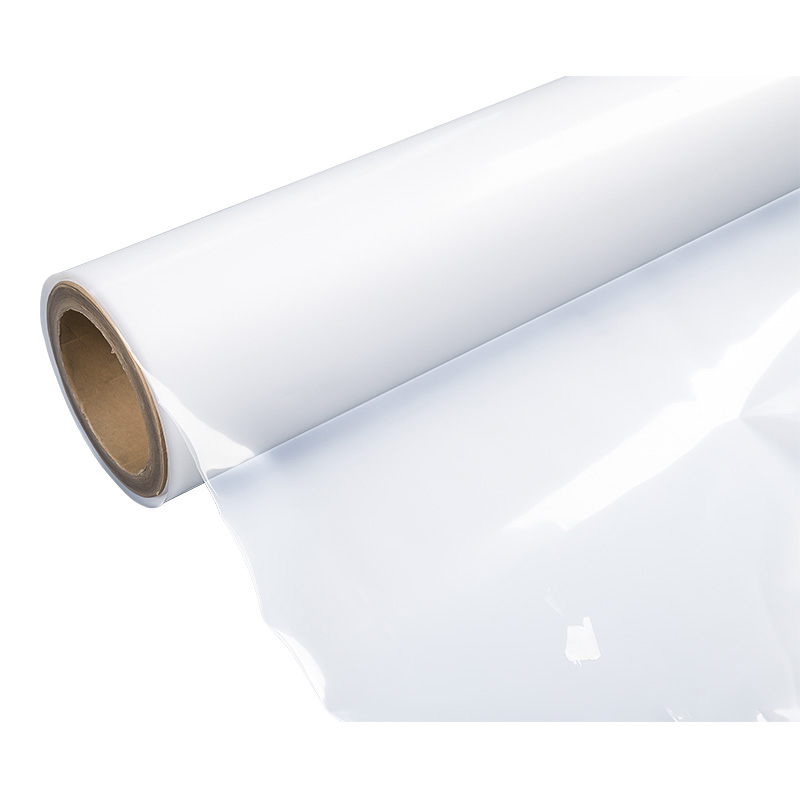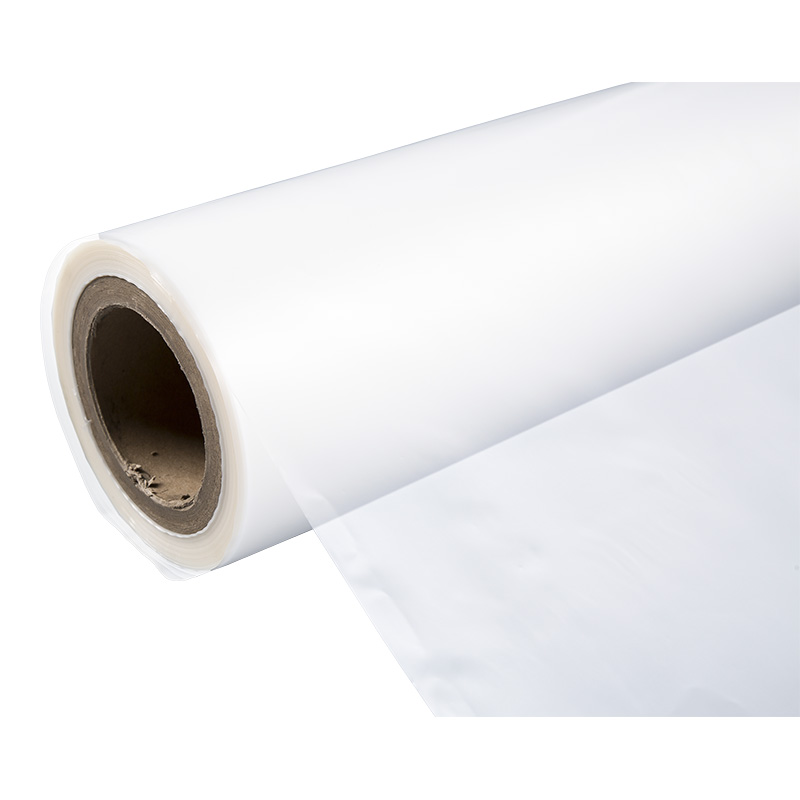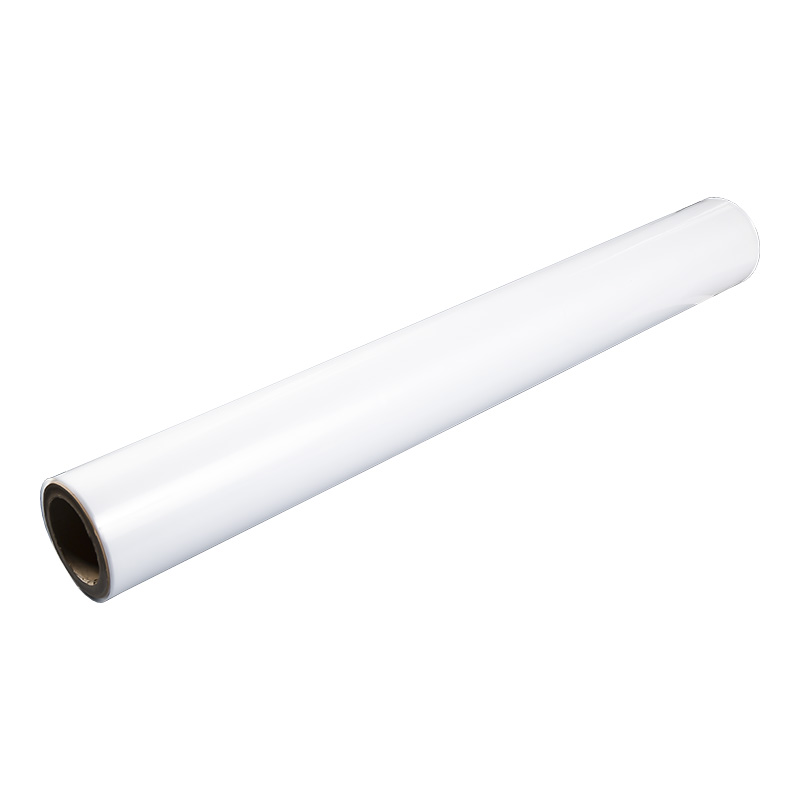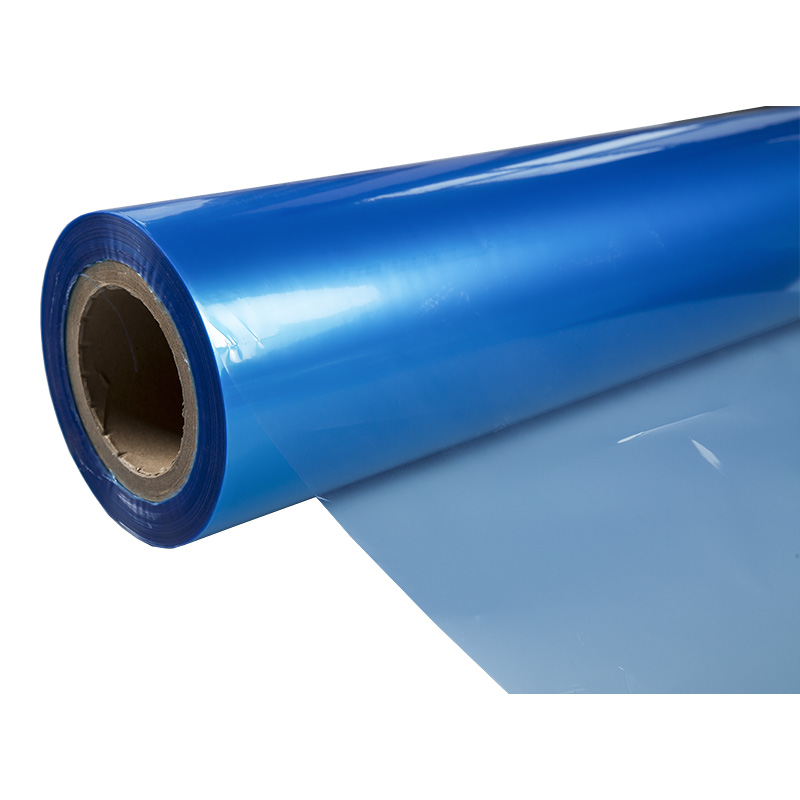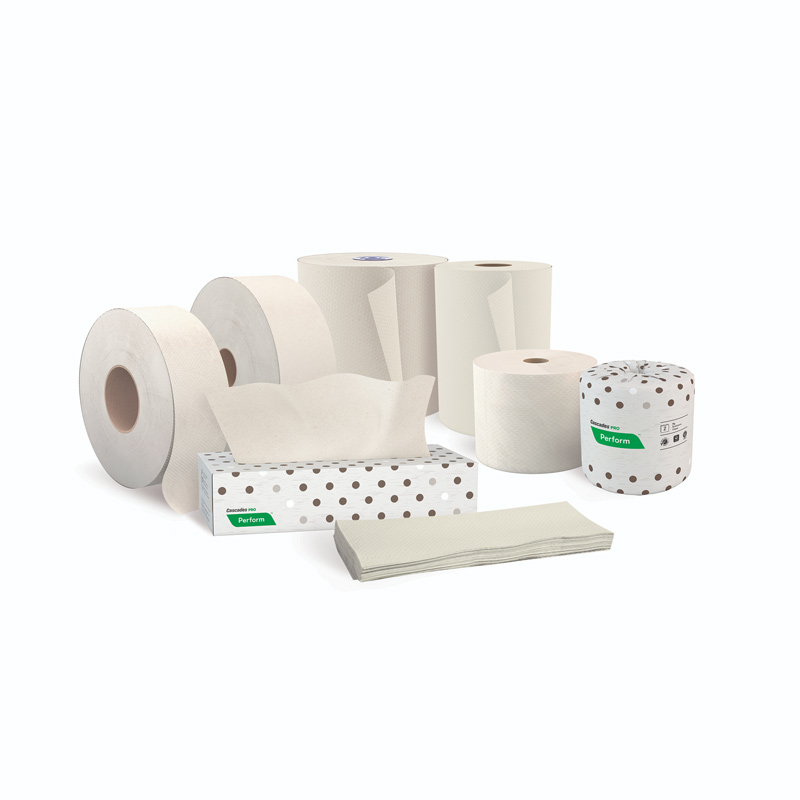1. Introduction: Food safety issues are becoming increasingly serious
1.1 Global food safety challenges
In the context of globalization, food safety issues are becoming more and more complicated. With the extension of the global supply chain, the process of food from the place of origin to the consumer is more complicated, and the risk of food safety is also increasing. From farm to table, food may encounter various sources of contamination, bacteria, viruses, environmental pollution, and human factors, which will cause food to be contaminated to varying degrees. This not only endangers the health of consumers, but also brings huge social and economic costs.
According to statistics from the World Health Organization (WHO), nearly 600 million people worldwide become ill due to food contamination each year, and most of these diseases are caused by pathogenic microorganisms, chemicals and toxins contained in food. Therefore, how to effectively ensure food safety has become one of the important challenges facing the world.
1.2 The key role of food packaging
As the "first line of defense" for food safety, food packaging plays a vital role in preventing food from being contaminated, extending the shelf life, and protecting nutrients. A good package can effectively isolate the influence of the external environment, prevent harmful factors such as bacteria, dust, moisture, oxygen, etc. from entering the food, and protect the original flavor and nutrition of the food.
However, in the market, traditional packaging materials often have certain limitations and cannot meet the increasingly stringent food safety needs. With the improvement of consumer health awareness and the improvement of regulatory requirements, traditional packaging materials have gradually exposed their shortcomings. Therefore, as a new type of packaging solution, hygienic packaging film has received more and more attention and has become an important tool for ensuring food safety.
2. What is Hygienic packaging film?
2.1 Definition and basic concepts
Hygienic packaging film, as the name suggests, refers to a packaging film with high hygienic properties. It has strong antibacterial, antioxidant, moisture-proof and other properties through advanced material technology and production technology, which can effectively prevent food from being contaminated by the outside world during packaging, transportation and storage, thereby ensuring the quality and safety of food.
Compared with traditional packaging films, hygienic packaging films usually use non-toxic and harmless food-grade materials, which not only have good sealing properties, but also have high antibacterial properties, which can prevent the growth and spread of microorganisms such as bacteria and viruses.
2.2 Materials and technology for making hygienic packaging film
The materials of hygienic packaging film are usually non-toxic and environmentally friendly plastic raw materials such as high-density polyethylene (HDPE), polyester (PET), and polyvinyl chloride (PVC). These materials not only have good physical properties (such as heat resistance, moisture resistance, and pressure resistance), but also meet the safety standards of food packaging.
When producing hygienic packaging film, commonly used technologies include heat sealing technology, radiation treatment technology, and antibacterial coating technology. Through the combination of these technologies, hygienic packaging film can extend the shelf life of food while ensuring food safety.
3. How does hygienic packaging film ensure food safety?
3.1 Prevent bacterial and viral contamination
Bacteria and viruses are one of the main causes of food contamination and food safety problems. Traditional packaging films cannot completely isolate bacteria and viruses in the air, making food susceptible to contamination during storage and transportation. However, hygienic packaging films can effectively prevent the spread of microorganisms such as bacteria and viruses due to their special antibacterial properties.
Some advanced hygienic packaging films use antibacterial coating technology to form a protective film on the surface of the film, effectively inhibiting the growth of bacteria. At the same time, the sanitary packaging film also has a strong sealing property, which can prevent the entry of harmful substances from the outside, thereby ensuring the hygiene and safety of food.
3.2 Moisture-proof and anti-oxidation function
Moisture and oxygen are two main factors for food deterioration. A humid environment can cause food to mold and rot, while oxygen will accelerate the oxidation reaction of food, causing the food to lose its original taste, color and nutrients. The sanitary packaging film can effectively prevent the entry of external moisture and oxygen through its unique moisture-proof and anti-oxidation functions, thereby extending the shelf life of food.
For example, some sanitary packaging films use high-barrier materials, which can effectively isolate oxygen in the air, thereby delaying the oxidation process of food. Its moisture-proof function can prevent moisture from penetrating into the packaging by using special coating materials, thereby maintaining the freshness of food.
3.3 Non-toxic and harmless, protecting consumer health
As a material that directly contacts food, the safety of food packaging film is extremely important. Traditional packaging films often contain some harmful substances (such as heavy metals, plasticizers, etc.), which may migrate into food and affect consumer health. The hygienic packaging film uses non-toxic and harmless food-grade materials, meets international food safety standards, and can effectively avoid secondary contamination of food.
The hygienic packaging film also has high stability and is not prone to chemical reactions, so it will not cause any negative impact on the food in the package. Consumers can buy and eat food packaged with hygienic packaging film with confidence.
3.4 Guarantee the original flavor and nutritional content of food
The original flavor and nutritional content of food are the two aspects that consumers are most concerned about. Traditional packaging films often cannot effectively prevent the penetration of oxygen and moisture in the air, resulting in the loss of food taste and nutrients. The hygienic packaging film can ensure the freshness and taste of food through efficient sealing.
For example, some hygienic packaging films have good air permeability and moisture permeability, which can prevent the loss of moisture in food while keeping the food fresh, and maintain the original flavor and nutrition of the food.
4. Application of hygienic packaging film in different industries
4.1 Food industry
In the food industry, hygienic packaging film is widely used in the packaging of meat, dairy products, vegetables and fruits and other foods. Especially in the cold chain logistics process, the antibacterial, moisture-proof and anti-oxidation functions of sanitary packaging film can effectively ensure the quality of food and prevent food from being contaminated.
For example, fresh meat and seafood need to be transported and stored in a low temperature environment. The sanitary packaging film can effectively prevent the entry of bacteria and moisture to ensure the freshness and safety of food.
4.2 Pharmaceutical and health care product packaging
The packaging requirements for pharmaceutical and health care products are more stringent because these products are directly related to the health of consumers. The sanitary packaging film can effectively isolate external pollution and ensure the effectiveness and safety of drugs. It can also prevent drugs from contacting with moisture in the air and prevent drugs from getting damp and deteriorating.
4.3 Catering industry and takeaway packaging
With the rapid development of the takeaway industry, the hygiene and safety of takeaway packaging have become the focus of consumer attention. The sanitary packaging film can effectively isolate bacteria and pollutants in the air in the packaging of takeaway food to ensure the safety and hygiene of food.
In the catering industry, the use of sanitary packaging film for food packaging can not only protect the quality of food, but also improve the hygienic image of catering brands.
5. Environmental protection and sustainability of sanitary packaging film
5.1 Market demand for environmentally friendly packaging
With the improvement of environmental awareness, consumers' demand for environmentally friendly packaging materials is also increasing. As an environmentally friendly material, sanitary packaging film meets the requirements of sustainable development. Many sanitary packaging films use degradable materials, which can be naturally degraded after use to reduce pollution to the environment.
5.2 Prospects of degradable sanitary packaging film
Degradable sanitary packaging film is one of the future development directions of environmentally friendly packaging materials. This material can not only effectively prevent food contamination, but also degrade quickly after use to reduce the burden on the environment. With the continuous advancement of technology, the production cost of degradable sanitary packaging film will be further reduced in the future, and the market prospects are broad.
6. Why sanitary packaging film has become an inevitable choice for future food packaging
6.1 Food safety regulations are becoming more stringent
As consumers' attention to food safety continues to increase, food safety regulations in various countries have become more stringent. As a packaging material that meets international food safety standards, sanitary packaging film can help companies cope with increasingly stringent regulatory requirements and enhance the market competitiveness of products.
6.2 Consumers' requirements for safety and transparency
Modern consumers have higher requirements for food safety and transparency. Sanitary packaging film can not only effectively ensure the safety of food, but also show consumers the quality and source of the product through clear packaging design, thereby winning the trust of consumers.
6.3 Advantages gained by enterprises
For enterprises, the use of hygienic packaging film can not only enhance the brand image, but also reduce packaging waste and reduce production costs. Sanitary packaging film can effectively extend the shelf life of food, reduce food waste, and thus increase the profits of enterprises.
7. Conclusion: The importance of hygienic packaging film in food safety
7.1 Summary of the advantages of hygienic packaging film
Through a detailed analysis of hygienic packaging film, we can see that it has multiple advantages in ensuring food safety: antibacterial, moisture-proof, anti-oxidation, non-toxic and harmless, etc. It can effectively ensure the safety of food throughout the production, transportation and consumption process, extend the shelf life of food, and maintain its original flavor and nutrients.
7.2 Future Outlook: A trend of safer and more environmentally friendly packaging
With the advancement of science and technology and the continuous improvement of consumers' requirements for food safety, hygienic packaging film will have a wider application in the future. Environmentally friendly and degradable technologies will further enhance the sustainability of sanitary packaging films and meet the market's dual demands for environmental protection and food safety.
In short, sanitary packaging films will become an important trend in the future food packaging field, providing more reliable protection for global food safety.
 +86 139-6715-0258
+86 139-6715-0258 
 Monday to Friday 8 am. to 6 pm.
Monday to Friday 8 am. to 6 pm. 
 English
English 中文简体
中文简体